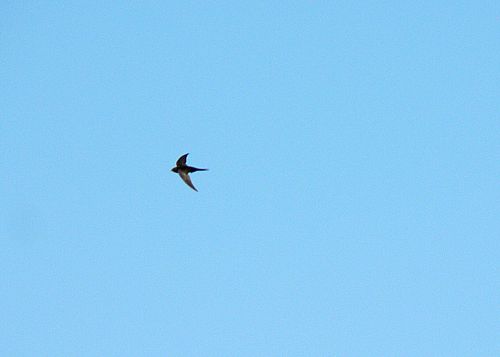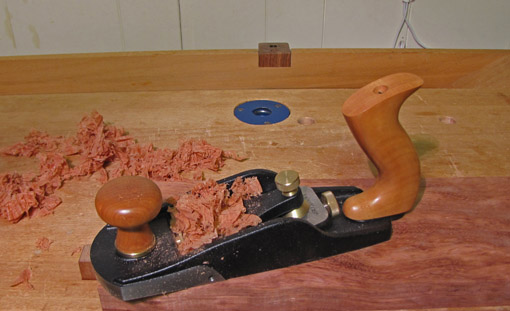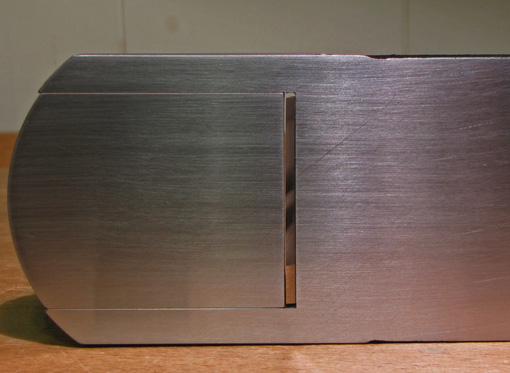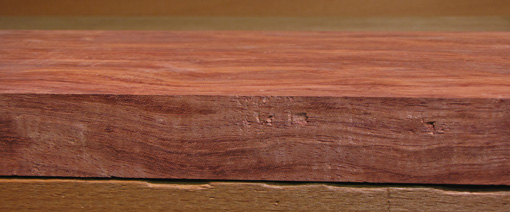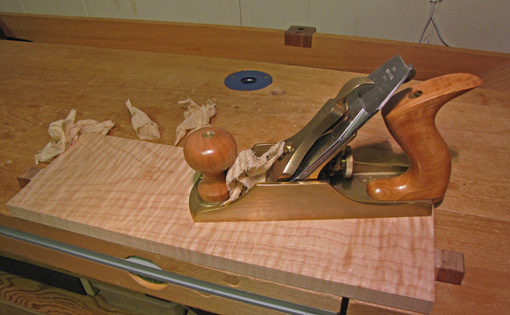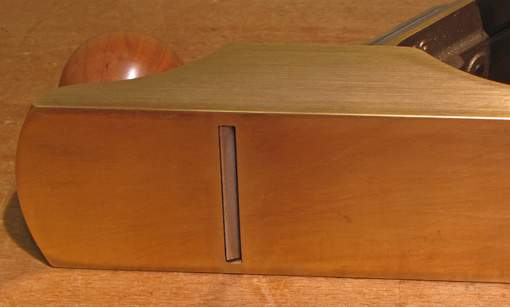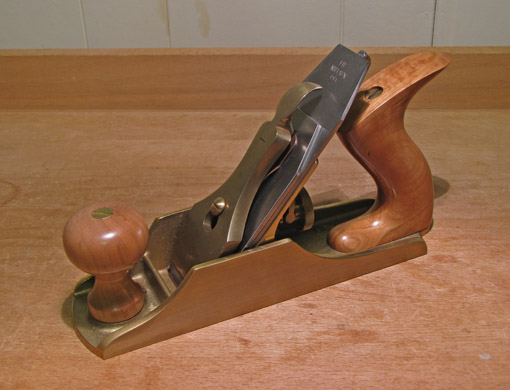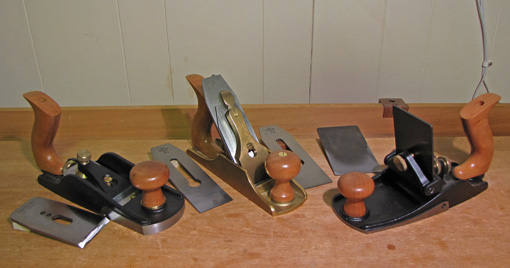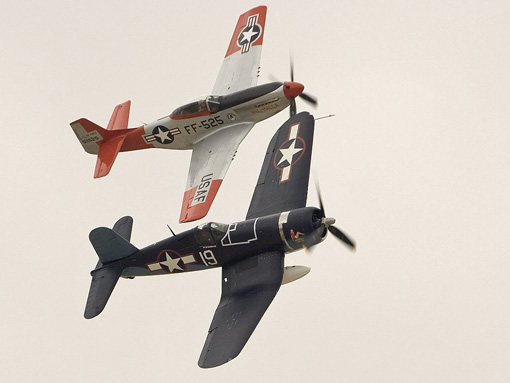
Planes, bats, birds, and bees: they all fly. The object is to get there.
In this segment, the final installment in the series, let’s look at some different but very effective plane designs that you may want to consider.
Japanese planes make use of a very thick blade tightly nested, bevel down, in a dense oak body (“dai”). Most of these are bedded at 40-42°, with very few higher than 45°, even for denser hardwoods. Does this contradict what we know about bed angles for Western metal planes? No, because other factors are involved.
The superb results possible with these planes are achieved first and foremost with blades that can be sharpened to phenomenal edges. The blades are a lamination of very hard, high-quality steel worked by masterful makers, and a soft iron backing. A heavy chipbreaker, also laminated, meets the main blade with great precision.
The sole is prepared so it contacts the work only at the toe and just in front of the blade. This makes the plane hug the wood through the stroke. The geometry of the throat is strategically designed to shepherd the shaving off the wood and through the plane. The resiliency of the dai buries vibration. Along with numerous other subtle refinements in design and preparation, these seemingly simple planes can produce beautiful results even though they are nominally just a bevel-down blade at 45°.
For years I used Japanese planes for smoothing before selling them away while transitioning to only Western planes to simplify my tool world. Though fussy to set up and maintain, I miss them sometimes.
Terry Gordon, in the land down under, takes a different approach in his wooden planes. Before my second tool purge, I used his very effective smoother, and, admittedly, I miss it too. He uses a 6mm thick blade which is bedded bevel down at 60°, without a chipbreaker, in a body of dense Aussie hardwood. They resemble Chinese planes.
Wait, how can this work, isn’t a chipbreaker essential? Once again, other factors change the game. The synergy of this high attack angle, a heavy blade held snugly in a dense body, plus a tight mouth, allows the plane to manage difficult figured woods.
Now at some point, it just is not worth trying to finish plane some woods in some situations. The factors to take into account include:
1. The wood! This is not just based on the species, but should be an assessment of what a particular board is telling you. Cherry could be a docile pushover or the curly cherry from hell.
2. The finish to be applied, oil or film. For example, the moderately open grain of walnut finished with oil will look better crisply planed, while the tight texture of properly sanded maple is fine under three coats of polyurethane. Experiment.
3. Where the wood is in the piece. Finishing planing a curly maple panel is a different matter than struggling to do the same with a curvy leg in the same wood. As another example, sanding is not likely a good way to fit drawers.
Thus, consider the other options. Scraping can almost always be employed to save a lot of sanding by using the scraper plane and/or hand scrapers, straight and curved. Set up and technique for the scraper plane can be found in this three post series: 1, 2, and 3.
I have two random orbit sanders in my shop and plenty of sandpaper. While I do not relish the work of sanding, I will do what is necessary to get the results I want for a particular piece in a particular wood.
That’s what it’s all about. It all flies.
